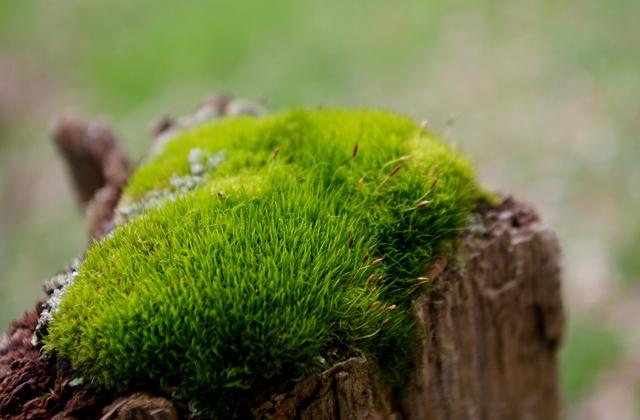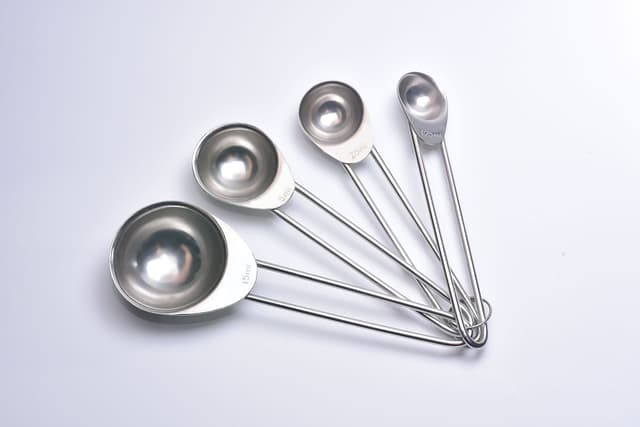Starter quiz
- Which of these are micro-organisms?
 yeast ✓
yeast ✓ ants
ants moss
moss mould ✓
mould ✓
- What is carbon dioxide?
- a type of gas ✓
- a type of metal
- a type of micro-organism
- a type of fungus
-
- Which type of micro-organism is yeast?
- bacteria
- virus
- fungus ✓
-
- Which equipment could be used for measuring the amount of substances used in an enquiry?
 measuring jug ✓
measuring jug ✓ tape measure
tape measure measuring spoons ✓
measuring spoons ✓ thermometer
thermometer
- What are nutrients?
- substances that can only be found in the ground
- substances that living things use to stay alive and healthy ✓
- substances that living things can reproduce
-
- Which variables must be kept the same in a comparative or fair test investigation?
- all of them
- all of them except for the one being investigated ✓
- only the one being investigated
- none of them
-
Exit quiz
- Which of these is the best food source for yeast?
- flour
- vegetable oil
- sugar ✓
- salt
-
- When scientists describe what happened in an enquiry and explain what the results show or mean, it is called making a...
- 'conclusion' ✓
- An evaluation of an enquiry is when…
- scientists think about how well their results answer their original question. ✓
- scientists explain to others what their results show.
- scientists represent their findings in visual ways such as using a line graph.
- scientists write a list of everything they did during an investigation.
-
- Yeast takes in nutrients from food and releases carbon dioxide gas. This process is useful for baking and beer making and is called...
- 'fermentation' ✓
 Lucas has been observing fermentation happening over time inside bottles containing a mixture of yeast, sugar and warm water. What evidence could he look for that would show fermentation is happening?
Lucas has been observing fermentation happening over time inside bottles containing a mixture of yeast, sugar and warm water. What evidence could he look for that would show fermentation is happening?- his mixture changing colour
- bubbles appearing at the top of his mixture ✓
- his mixture shrinking
- powder appearing at the top of his mixture
-
- In a comparative test, scientists control ______ to make sure their results show the effect of just one thing.
- 'variables' ✓
Worksheet
Presentation
Video
Lesson Details
Key learning points
- Yeast consumes sugar and releases carbon dioxide gas as a result. This is called fermentation.
- Scientists control variables to see the effect of changing one variable.
- Fermentation can be observed over time and recorded using scientific diagrams, tables and charts.
- Scientists use the results of their enquiries to make a conclusion that addresses their investigation question.
- Scientists evaluate their investigations by thinking about how well they went and how reliable their results are.
Common misconception
Pupils may think that a ‘fair test’ is one in which they all get an equal share in the roles or everyone gets to take a turn.
Explain that both a comparative and fair test are ones in which all variables are kept the same except for the one that is being investigated. This helps to ensure that our results show the effect of just the variable we are investigating.
Keywords
Yeast - Yeast is a type of fungus. It is a micro-organism used for making bread.
Carbon dioxide - Carbon dioxide is a type of gas.
Fermentation - Fermentation happens when yeast takes in nutrients from food and releases carbon dioxide and alcohol.
Conclusion - In a conclusion, scientists explain what the results show or mean.
Evaluation - The evaluation of an investigation includes what went well, what could have been improved and whether the investigation question was answered.